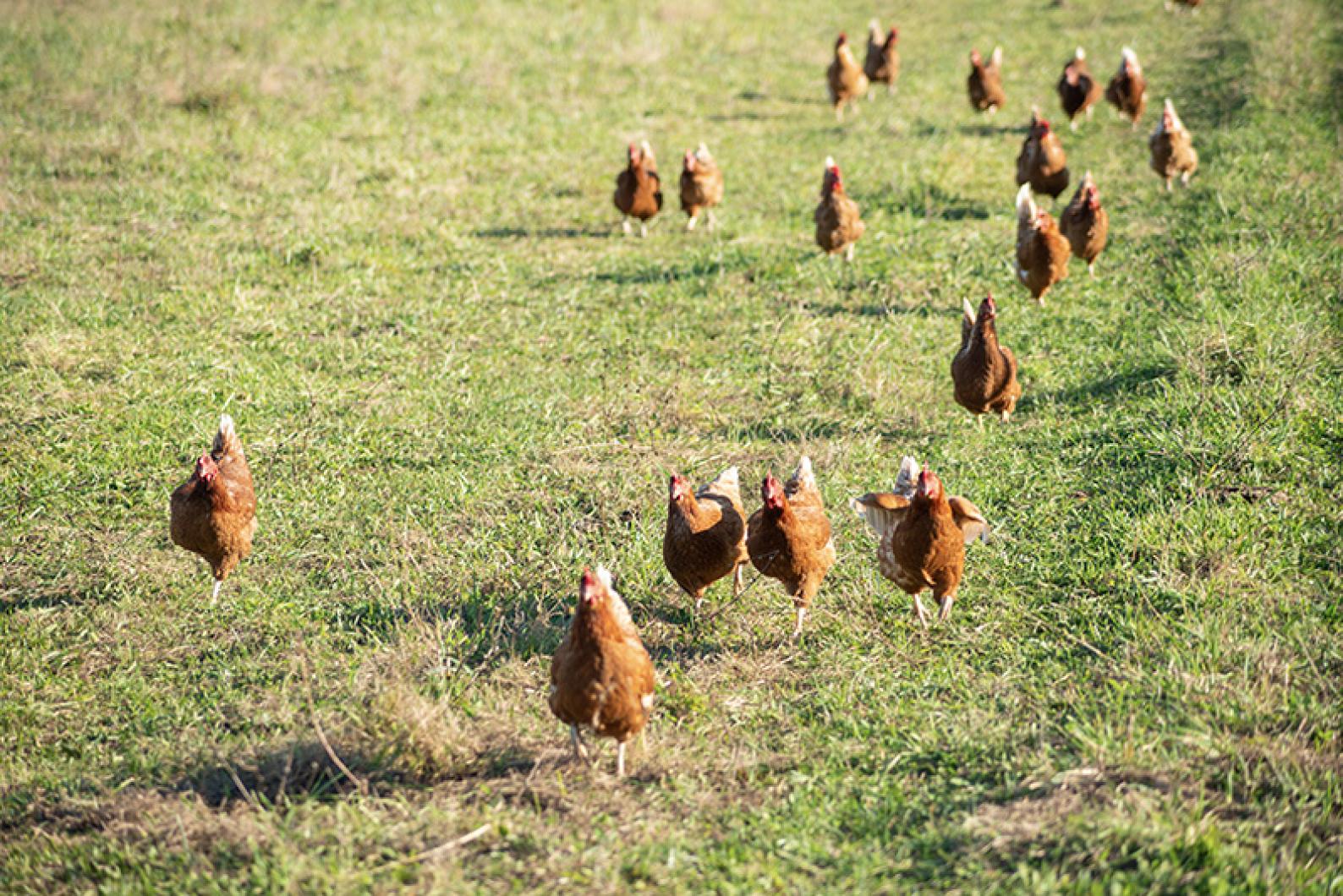It’s time to cry fowl.
Just when it seemed that one viral pandemic might be (hopefully) winding down, another virus has reared its disease-causing head.
Avian influenza, also known as bird flu, has come roaring (or maybe clucking) back. The first record of the disease came in 1878, when it was identified as a distinct avian illness that could affect large numbers of birds. Over the years, the virus has had periodic outbreaks, each differing in specific type of virus and associated severity.
The on-and-off outbreaks of this disease harmed flocks of both wild and domesticated birds, affecting millions and millions of birds and costing millions and millions of dollars in agricultural losses. In the wild, waterbirds and shorebirds are the most susceptible; species such as ducks, geese, swans, gulls, terns, storks, plovers and sandpipers are at risk. Domestic fowl, including ducks, geese, chickens and turkeys, can get the virus and it is often serious. In the wild, birds don’t always get sick; they can be carriers that can spread the disease to domestic flocks.
Two categories of this virus might cause or not cause an infection. Low pathogenic avian influenza, or LPAI, can be endemic or normally present in birds but illness or fatality is rare. The other is high pathogenic avian influenza, or HPAI. It is the severe type that leads to high mortality. In domestic chickens, HPAI can cause 90 to 100 percent mortality within 48 hours.
And therein lies the reason for concern. When the virus is present in wild populations, it can move to domestic livestock and even people. In the current outbreak, the disease has been found in wild birds in 14 states and in commercial poultry in 13 states. Massachusetts is one of those states, with a wild Canada goose testing positive in Middlesex county. So far, it has not spread widely. No Island birds have been found with the disease.
The virus is on my mind after a few calls about some odd-acting birds and the need to make backyard chicken-keepers aware of the threat. Signs of the disease in birds include lack of energy, appetite and coordination. In addition, purple discoloration and the swelling of various body parts is possible. Also look for diarrhea, nasal discharge, coughing, sneezing and reduced or abnormal egg production.
Since the disease is transmitted through feces and nasal and oral secretions during bird-to-bird or bird-to-person contact, we must take precautions to reduce the spread to and within domestic flocks. Suggestions to keep birds healthy include isolating domestic birds from wild ones, not mixing domestic flocks, quarantining new chickens for a month before adding them to your existing flock, and refraining from sharing equipment between farms and yards.
If you do notice fowl play and suspect that wild or domestic birds might be infected, get in touch with state authorities. For wild birds, reach out to Mass Wildlife at 508-389-6300 or mass.wildlife@mass.gov. Report domestic birds that might be diseased to the Massachusetts Division of Animal Health at 617-626-1795.
According to the Centers for Disease Control and Prevention (CDC), the risk to the general public is, at this time, low. However, that is not to say that humans are exempt from concern. There have been some cases of avian flu in people. Since 2003, 860 human cases in 19 countries have been reported to the World Health Organization, with just about half resulting in death.
There is no reason to fly off the handle with concern for your birds. Do be observant, cautious and hope that the avian flu won’t be the next problematic pandemic.
Suzan Bellincampi is islands director for Felix Neck Wildlife Sanctuary in Edgartown and the Nantucket Wildlife Sanctuaries. She is also the author of Martha’s Vineyard: A Field Guide to Island Nature and The Nature of Martha’s Vineyard.







Comments
Comment policy »